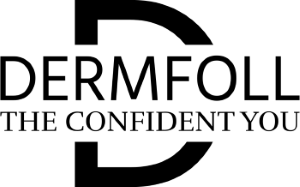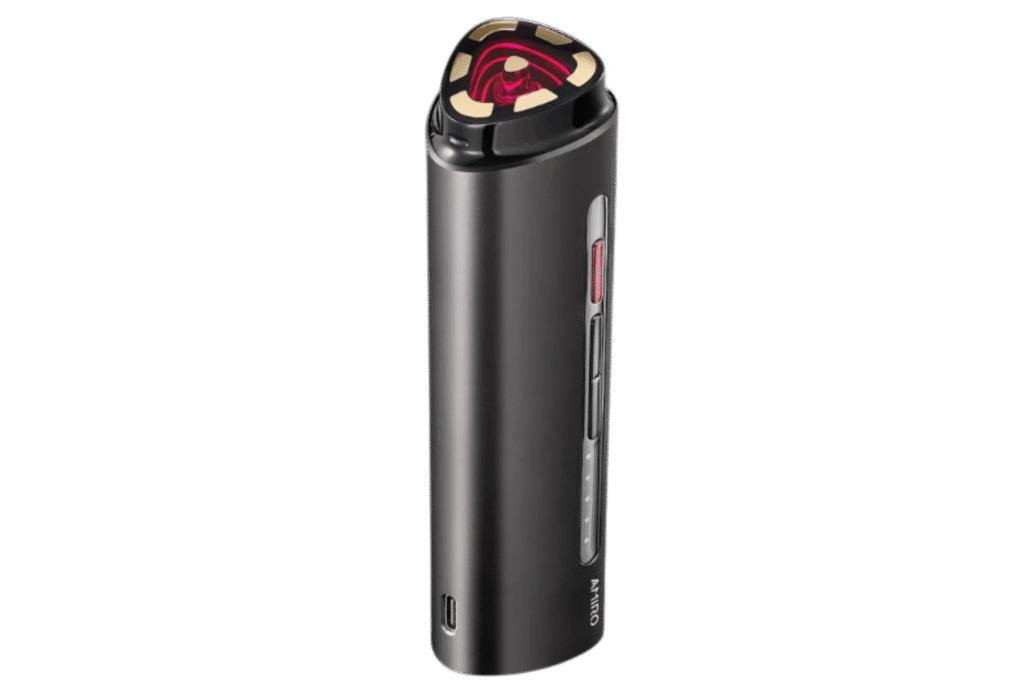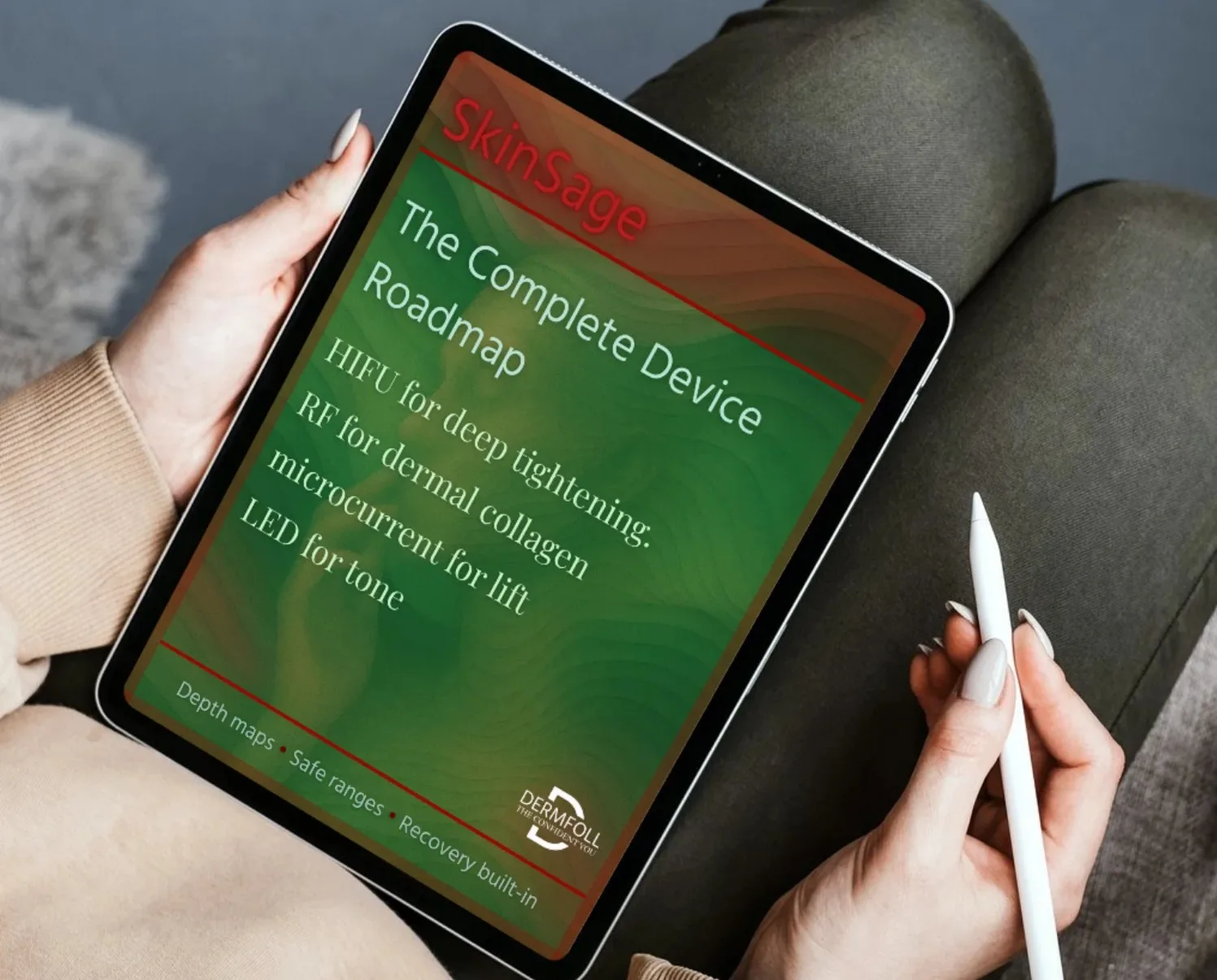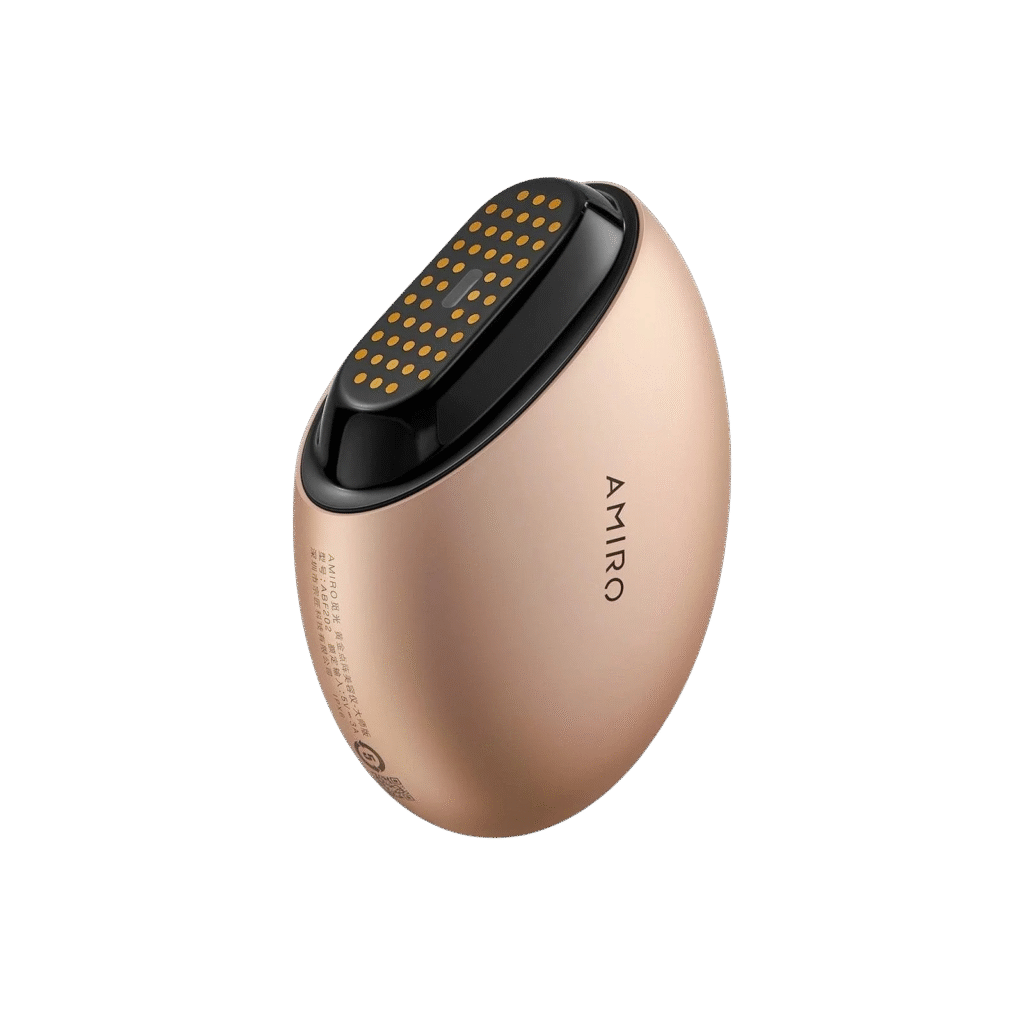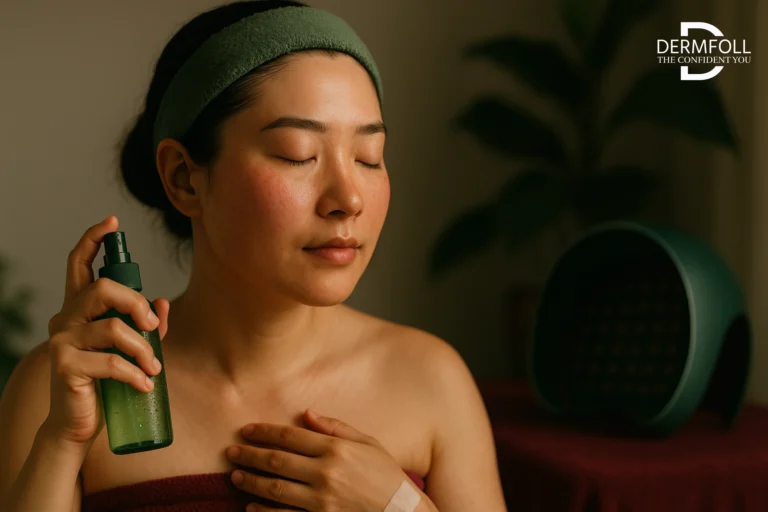Microcurrent First, RF Later? A Phased Approach for Sensitive Skin
If your skin tends to overreact, or if you’ve ever left a treatment red, stingy, or inflamed, You are in the right place. And no, that doesn’t mean you’re stuck avoiding all energy-based treatments forever.
Think of this as a skincare workout plan. You don’t go straight to heavy lifting on day one, you build strength, stamina, and resilience first.
That’s exactly how to approach using microcurrent and radio frequency together, especially for sensitive or easily triggered skin types.
Let’s break down how to phase it all in safely, effectively, and without the drama.
Strength Before Stimulation: Why Microcurrent Preps Sensitive Skin
Start with microcurrent therapy. It’s low-impact, non-thermal, and incredibly barrier-friendly.
Instead of stressing your skin, it boosts ATP production, basically energizing your skin cells to repair, renew, and function better.
In other words, microcurrent trains your skin.
It gently improves circulation, stimulates fibroblasts, and supports your skin’s natural collagen-building processes, all without heat or trauma. This makes it ideal as a first step, especially if your skin is dealing with:
- Post-inflammatory sensitivity
- Rosacea (ETR subtype)
- Barrier depletion or flakiness
- Redness-prone reactivity
And if you’re using a face electronic muscle stimulator at home, you’re in luck, microcurrent can tone the SMAS layer (that foundational facial muscle layer) and build muscle memory gently over time.
It’s like facial yoga, but easier.
🔶 Lift, Tighten, and Train Every Skin Layer
AMIRO S2 Seal RF Skin Tightening Device
Multi-depth RF and microcurrent fusion for collagen and muscle remodeling.
AMIRO R1 PRO RF Skin Tightening Device
Gentle RF and EMS synergy for gradual contour lift and smoother texture.
When to Level Up: Signs Your Skin Might Be Ready for RF
So how do you know when you’re ready to bring in a radio frequency facial machine?
There’s no fixed timeline, but here are a few green flags:
- Your skin no longer flushes easily after topical treatments
- You’ve had at least 4–6 weeks of regular microcurrent use without irritation
- TEWL has normalized (i.e., no more tightness or flaking)
- Barrier support ingredients (ceramides, niacinamide) have been consistent in your routine
Once you hit that point, starting with a low-intensity RF setting, or even a test patch, is your safest entry.
Avoid aggressive fractional RF or superficial passes. Instead, try monopolar or bipolar RF with a slow pass and plenty of glide medium.
Gradual is the name of the game.
The Long Game: Rotating Microcurrent and RF for Maintenance
Once your skin is conditioned, you don’t have to pick sides. You can use microcurrent and radio frequency together – just not necessarily at the same time.
Here’s a simple rotation schedule we love:
- Microcurrent: 1–2x/week for muscle tone, ATP, and lymphatic flow
- RF (mild intensity): Every 3–4 weeks for collagen remodeling and dermal tightening
This way, your face electronic muscle stimulator keeps things lifted and supported, while your radio frequency facial machine helps build that long-term firmness and density.
Just remember: give your skin recovery time between treatments. Think of them as complementary tools in your energy-based skin gym, each with a different strength.
Bottom line? Starting with microcurrent builds tolerance, confidence, and skin strength. And when the time is right, adding RF in measured doses can take your results to the next level, without compromising sensitivity.
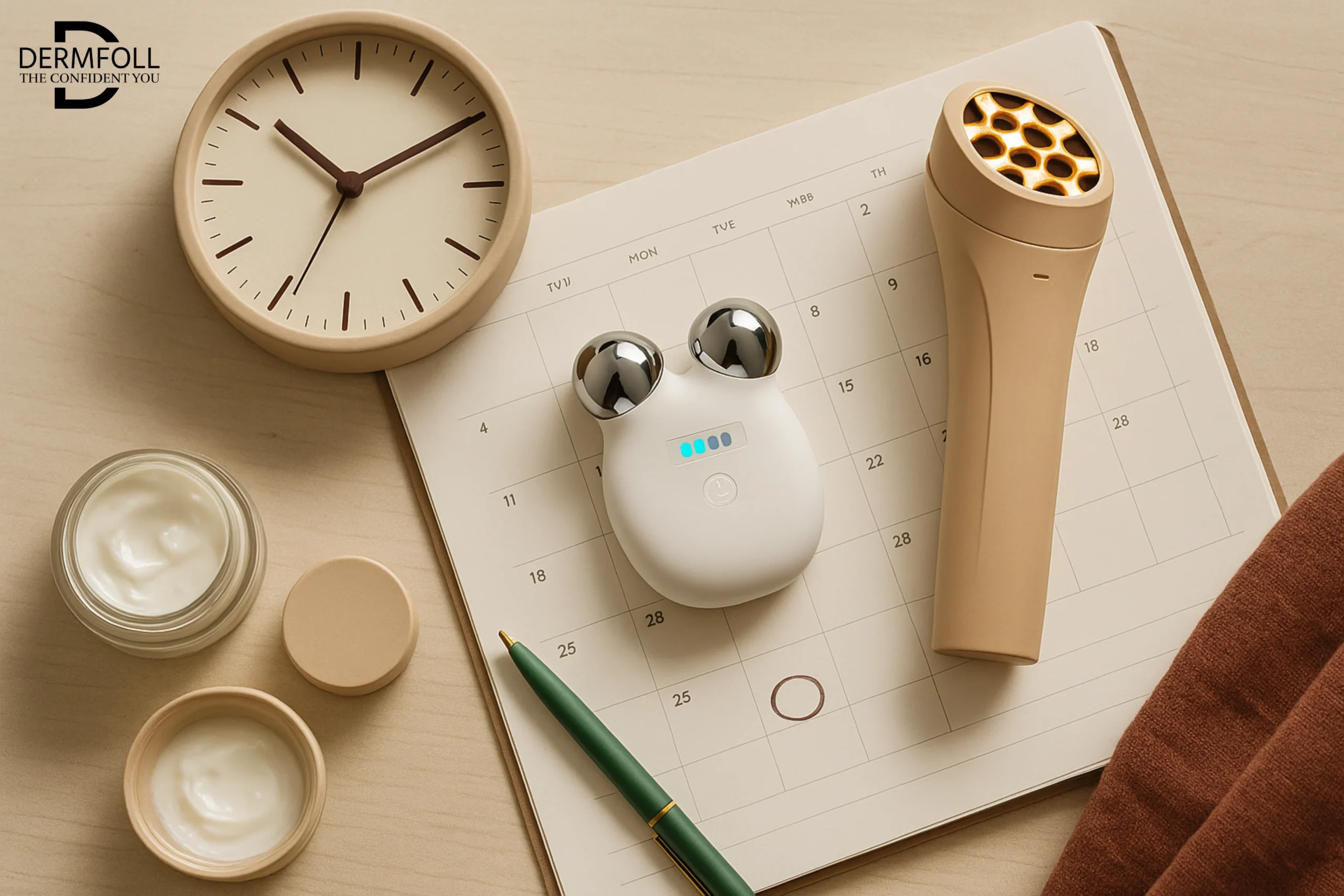
Biohacking the Skin: Layer-Specific Benefits of Microcurrent and RF
You’ve probably heard the buzz about combining microcurrent and radio frequency together, and you might be wondering: is that just skincare hype or actually smart science?
Well, the truth is, it’s both. When used strategically, these two technologies don’t compete with each other. They complement. Why? Because they target completely different layers of your skin.
Let’s walk through exactly how that works, and why knowing your skin’s architecture makes all the difference in how these tools perform.
🔶 From Microcurrent to RF: Your Next Skin Upgrade
AMIRO S2 Seal RF Skin Tightening Device
Advanced matrix electrodes deliver uniform dermal heating with barrier-safe precision.
AMIRO R1 PRO RF Skin Tightening Device
Entry-level RF device ideal for sensitive skin and first-time energy users.
Understanding Skin Architecture: Why Layer Targeting Matters
Think of your skin as a three-story building:
- The epidermis is the outermost layer, your protective shield.
- Beneath that, the dermis holds your collagen, elastin, blood vessels, and most of your skin’s repair mechanisms.
- And even deeper lies the SMAS (superficial musculoaponeurotic system), a connective tissue and muscle layer that supports facial structure and tone.
Why does this matter?
Because most skincare products can only reach the epidermis. But energy-based tools, like a radio frequency facial machine or a face electronic muscle stimulator, can go much deeper, if you know how to use them right.
How Microcurrent Stimulates the SMAS and Superficial Muscles
Let’s start with microcurrent. This modality works by delivering low-level electrical currents that mimic your body’s own natural signals.
It targets the SMAS layer, which is the same layer a surgeon manipulates in a facelift. But don’t worry, there are no scalpels involved here.
A good face electronic muscle stimulator uses gentle pulses to contract and tone facial muscles while boosting ATP (cell energy), which improves cellular repair.
And for those of you with sensitive or redness-prone skin, here’s the good news: microcurrent doesn’t use heat, doesn’t damage the barrier, and comes with virtually no downtime.
How RF Remodels the Dermis: Collagen, Heat, and Healing
Now enter radio frequency, the deeper dermis expert.
A radio frequency facial machine works by delivering controlled heat to the dermal layer, stimulating collagen contraction and encouraging new collagen production over several weeks.
This helps improve skin firmness, reduce wrinkles, and tighten areas of mild laxity.
Unlike microcurrent, RF doesn’t touch the SMAS. Instead, it reshapes what’s happening in your collagen scaffolding.
The heat prompts your skin’s natural wound-repair process, which, if your barrier is healthy – leads to plumper, firmer skin over time.
There are different types of RF too:
- Monopolar RF: deeper penetration (up to 20 mm), better for lifting and sculpting.
- Bipolar RF: more superficial (2–4 mm), ideal for fine lines and surface tightening.
Together, they make a power duo – microcurrent to lift and tone, RF to firm and rebuild.
So here’s the strategy:
Use microcurrent and radio frequency together, not in the same session, but in a thoughtful rotation. Microcurrent a few times a week, RF once every few weeks.
You’re targeting different levels, with different purposes, but getting a unified result.
🔶 Build Strength, Then Sculpt with Smart Energy
AMIRO S2 Seal RF Skin Tightening Device
Controlled 42°C dermal heat boosts collagen and long-term firmness.
AMIRO R1 PRO RF Skin Tightening Device
EMS-assisted toning enhances micro-lift and boosts skin vitality over weeks.
CONCLUSION
Alright, so let’s wrap this up the way we’d talk about it over coffee:
If your skin’s sensitive, microcurrent is your warm-up. It builds strength, doesn’t pick a fight with your barrier, and works like a little gym for your face.
Especially if you’re using a face electronic muscle stimulator, it’s doing the toning without the trauma.
Radio frequency facial machines? Powerhouses, but not the first stop for reactive skin. Once your barrier’s in a good place (no flaking, no constant flushing), RF becomes your firming BFF… if you take it slow.
Using microcurrent and radio frequency together isn’t about doubling up, it’s about timing. Rotate them. Don’t stack. Give your skin room to breathe and time to build.
And remember: they each do different things. Microcurrent lifts the muscles. RF tightens the collagen net. When you pair them thoughtfully? That’s when the real magic happens.
Bottom line? Strong skin isn’t rushed. It’s trained. Be consistent. Be kind. And your glow will show.
